In the early days of the Meiji Period (1868-1912), Hokkaido was the country’s wild frontier. Inhabited by indigenous Ainu and resourceful (and occasionally rebellious) settlers, the northern island had been largely ignored by Japan’s rulers during the secluded centuries of rule by the Tokugawa Shogunate. Opened to American ships by the Treaty of Kanagawa brokered with Commodore Perry in 1854, the port of Hakodate had been one of the last holdouts of shogunate forces after the Meiji Emperor ascended the Chrysanthemum Throne and officially brought Japan back under imperial rule.
In 1876, the Meiji Emperor embarked on a marine tour of Japan’s northern territories, including a stop in Hakodate, to inspire the national spirit of the citizens. His ship, the Meiji Maru, was a Scottish-built, schooner-rigged, steam and sail-powered ship, with a lavishly appointed cabin for the Emperor’s personal use. The tour was completed when the Meiji Maru entered the port at Yokohama on July 20th. A scant two decades after Perry’s black frigates broke open Japan’s “double-bolted doors,” the tour of the Meiji Maru symbolized a unified Japan setting sail on the seas of the modern world.
By 1941, Japan had extended its empire far beyond Hokkaido, and counted among the world’s foremost naval powers. On July 20th of that year, the Meiji Emperor’s return from Hokkaido 65 years earlier was commemorated as “Umi no Kinenbi” (Marine Memorial Day), celebrating Japan’s mercantile and naval power, and once again the sea was a symbol of Japan’s Imperial unity. Months later, on December 7th Japanese forces attacked Pearl Harbor, effectively beginning what is now known as the Pacific War.
In the years following Japan’s defeat and the American-led Occupation, Japan slowly regained its feet as a global power, this time as a manufacturing giant. The postwar years had seen stunning economic developments: growth rates skyrocketed into the teens. The yen, still fixed to the US dollar, was undervalued, making exports artificially cheap and imports prohibitively expensive. Overseas criticism focused on Japan’s over-zealous work ethic. These conditions provided the background for a new interest in July 20th – the establishment of Umi no Kinenbi as a national summer holiday.
In 1959, Japan’s marine industries created a lobby group to raise support for this idea, which culminated in 1971, when then Transport Minister Niwa Kyoshiro raised the issue in Cabinet, proposing that such a holiday would coincide perfectly with Expo 75, to be held in Okinawa. In addition to celebrating the country’s maritime industries, the holiday would draw attention to the problem of marine pollution, and give over-worked Japanese citizens a day to relax. In 1988, the Meiji Maru was restored
The idea was not universally popular, however. Opposition parties and leftist intellectuals challenged the idea on democratic grounds. Fêting a day so intertwined with Japan’s past imperial ambitions could easily anger Japan’s Asia-Pacific neighbors. Finally, however, in 1992, the marine industries formed a new national council in cooperation with Keidanren (Japan Federation of Economic Organizations). Armed with over 10 million signatures and the approval of over 70% of Japan’s municipal governments, July 20th was renamed Marine Day and became a national holiday, observed for the first time in 1996. (In 2003, under the controversial “Happy Monday System,” the holiday moved to the third Monday in July.)
Fifteen years after its inception, Marine Day is celebrated, quite simply, as a day to enjoy and appreciate the sea. After the sticky season of warm damp drizzle that precedes it, Marine Day officially marks the beginning of summer proper. Students on their summer break and families take advantage of the long weekend and flock to the seaside, clogging roads with traffic and covering beaches with sun tents and beach umbrellas. Seafood restaurants do a brisk trade in sashimi, coastal hotels reach capacity, and stalls selling snorkels and floating toys spring up by beachside parking lots.
On the beaches that encircle what is, after all, an island nation, the atmosphere is festive, and there’s no hint that, like the ocean, mysterious depths lurk below its sparkling surface.
Story and photo by Skye Hohmann
From J SELECT Magazine, July 2010





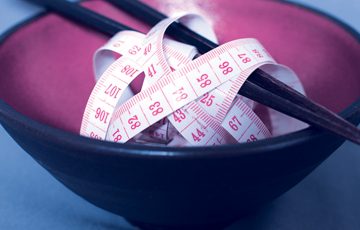
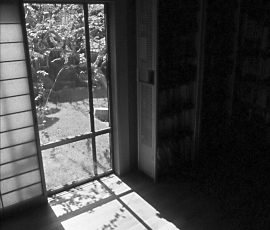
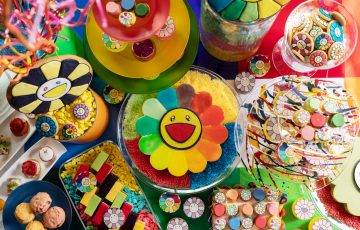
-360x230.jpg)
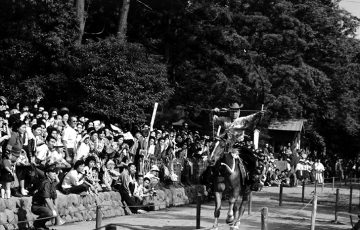
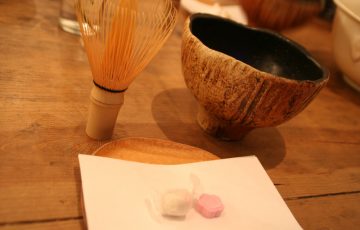
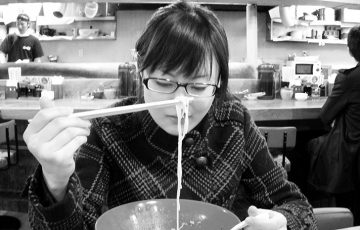
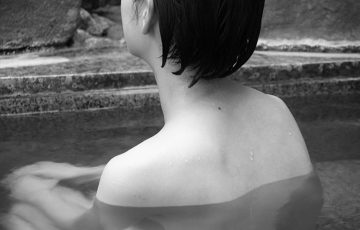


Recent Comments